
What to Plant Next to Potatoes: Companion Plants & Crop Rotation
If you grow potato plants in a mixed crop, you increase your chances of a rich harvest. Some plant companions improve the potato plant's resistance, others keep pests away, such as the pesky Colorado potato beetle. You can find out which plants are best to plant next to potatoes here. We provide an overview of good and bad companions. We have also created a planting plan for a mixed crop with potatoes for inspiration.
This Article Contains:
- Growing Potatoes: What You Need to Know
- Potatoes in Mixed Cultivation
- What to Plant Next to Tomatoes?
- Table: Companion Plants for Potatoes
- Combat Potato Beetles With the Right Companion Plants
- Succession Cropping With Potatoes
- Succession Cropping With Potatoes
- Mixed Crop Planting Plan With Potato
- Growing Potatoes in Raised Beds
- More Ideas for Your Planting Plan With Potatoes
- Frequently Asked Questions About Potatoes in Mixed Cultivation
Quick Overview
Companion Plants for Potatoes
- Good companion plants: Beans, dill, strawberries, camomile, nasturtium, garlic, coal, coriander, caraway, lavender, corn, horseradish, melilot, peppermint, marigold, spinach
- Bad companion plants: Eggplant, pea, fennel, cucumber, pumpkin, melon, bell pepper, physalis, beet, celery, tomatoes, tomatillos, zucchini
Crop Rotation and Succession Planting for Potatoes
- Pre-crops and post-crops should have low or medium nutrient requirements
- Good pre-crops: lettuce, spinach, spring onions, radishes
- Good post-crops: carrots, parsnips, root parsley, beet, turnips, rutabagas
Growing Potatoes: What You Need to Know
Like tomatoes, peppers, eggplants and physalis, potatoes belong to the nightshade family (Solanaceae). These plants originally come from South America. They are therefore quite heat-loving and are usually grown as the main crop in summer in our latitudes.
Planting Potatoes: Location & Soil
Potatoes like it warm, sunny and moist. Therefore, choose a sunny bed. As potatoes are heavy feeders, they prefer humus-rich, nutrient-rich and loose soil. The soil should not be too heavy, as potatoes develop a large root system and therefore like deep, loose soil. You can find Tips on Planting Potatoes Correctly in this article.
Overview: Planting Distance for Potatoes
- Planting depth: 5 - 10 cm/2 - 3.9 in
- Planting distance: 25 cm/9.8 in
- Row spacing: 65 cm/25.6 in
Potatoes in Mixed Cultivation
Growing potatoes in a monoculture is anything but good for the soil. With their deep root system, they loosen the soil deeply. However, the potato plant tends to grow upwards and does not cover the soil sufficiently, which can lead to soil erosion caused by wind or water. This problem is exacerbated by cultivation in ridges, which is common for potatoes. Therefore, if possible, you should always combine potatoes with soil-covering, shallow-rooted plants to cover the soil.
Some combinations can protect your potato plant from pests such as the Colorado potato beetle. Other companions, especially herbs, are said to improve the taste and aroma of the tubers. So there are many ways for you to choose suitable plant companions for your potato plants. As potatoes are heavy feeders with high nutrient requirements, you should plant medium to low feeders next to them for a balanced Mixed Crop. Otherwise you can deplete your garden soil.
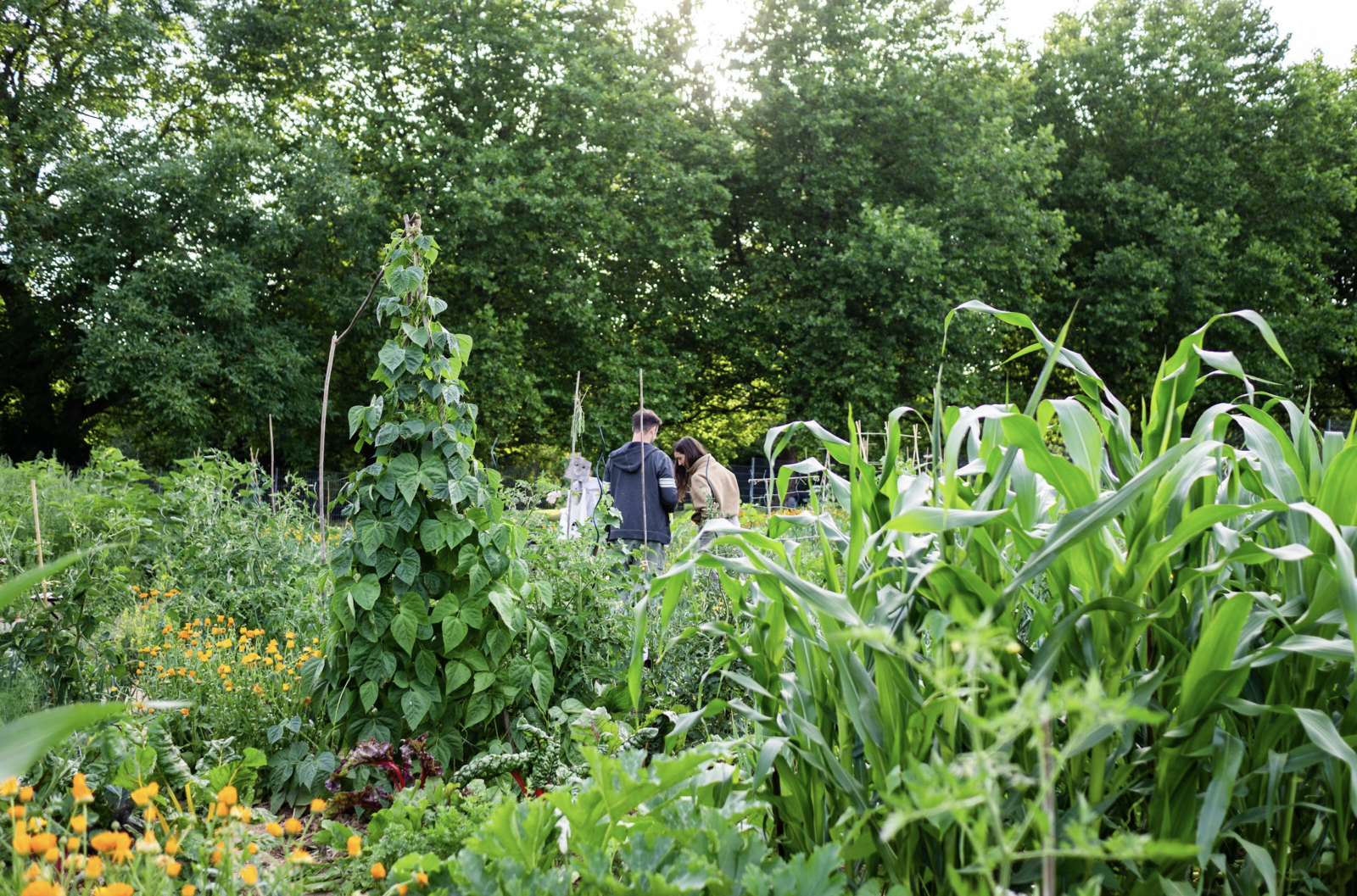
What to Plant Next to Tomatoes?
With the right companions in the bed, your potato plants have the best chance of producing a high-yielding harvest with healthy tubers. We have listed below which plants go particularly well with potatoes:
What Is Best Planted Next to Potatoes?
- If you want to provide the potatoes with additional nitrogen, it is best to choose beans. To make optimum use of the space, you can plant runner beans between the rows of potatoes. This allows the lush green of the potatoes to cover the ground while the beans climb upwards. Bush beans are also great companions for potatoes. However, you should leave more space between the rows so that the beans have enough room.
- Small and shallow-rooted plants are best for covering the ground between the potatoes. These cover the soil without taking up space from the potatoes. This is why spinach, strawberries, and potatoes are a good mixed crop.
- You can also grow potatoes in a Milpa together with pumpkin, beans, and corn. Traditionally, you may only know the milpa with its three sisters, pumpkin, corn, and beans. However, the potato was also often planted in this mixed crop, as all of these plants originally come from South America and have a long tradition there.
- Coal can also be planted next to potatoes. This planting relationship is not ideal, as both plants are heavy feeders. With sufficient compost and other organic fertilizers such as nettle manure, this should not be a problem. In addition, cabbages only really get going when most potato varieties have already been harvested. You can therefore plant Brussels sprouts, leafy cabbage such as palm and kale, savoy cabbage, kohlrabi, white or red cabbage or pak choi together with potatoes.
- Garlic and potatoes are also a good mixed crop. Voles don't like the smell of garlic and will stay away from your bed. It also keeps many other pests away, including the Colorado potato beetle. An equally effective combination that works against the Colorado potato beetle is to plant horseradish together with potatoes.
- Nasturtium is always a good choice in a mixed crop. Herbs with strong scents such as peppermint, chamomile, lavender and dill are also good choices. They keep numerous pests away and attract beneficial insects with their flowers. They are also a healthy addition to the kitchen and are sometimes used as medicinal plants. The same goes for caraway and coriander, which are also said to improve the taste and aroma of potatoes.
- Other flowers that you can plant in a potato bed are marigolds and marigolds. Marigolds contribute to soil health and keep hungry nematodes away. The root exudates of milkweed are said to stimulate potato growth.
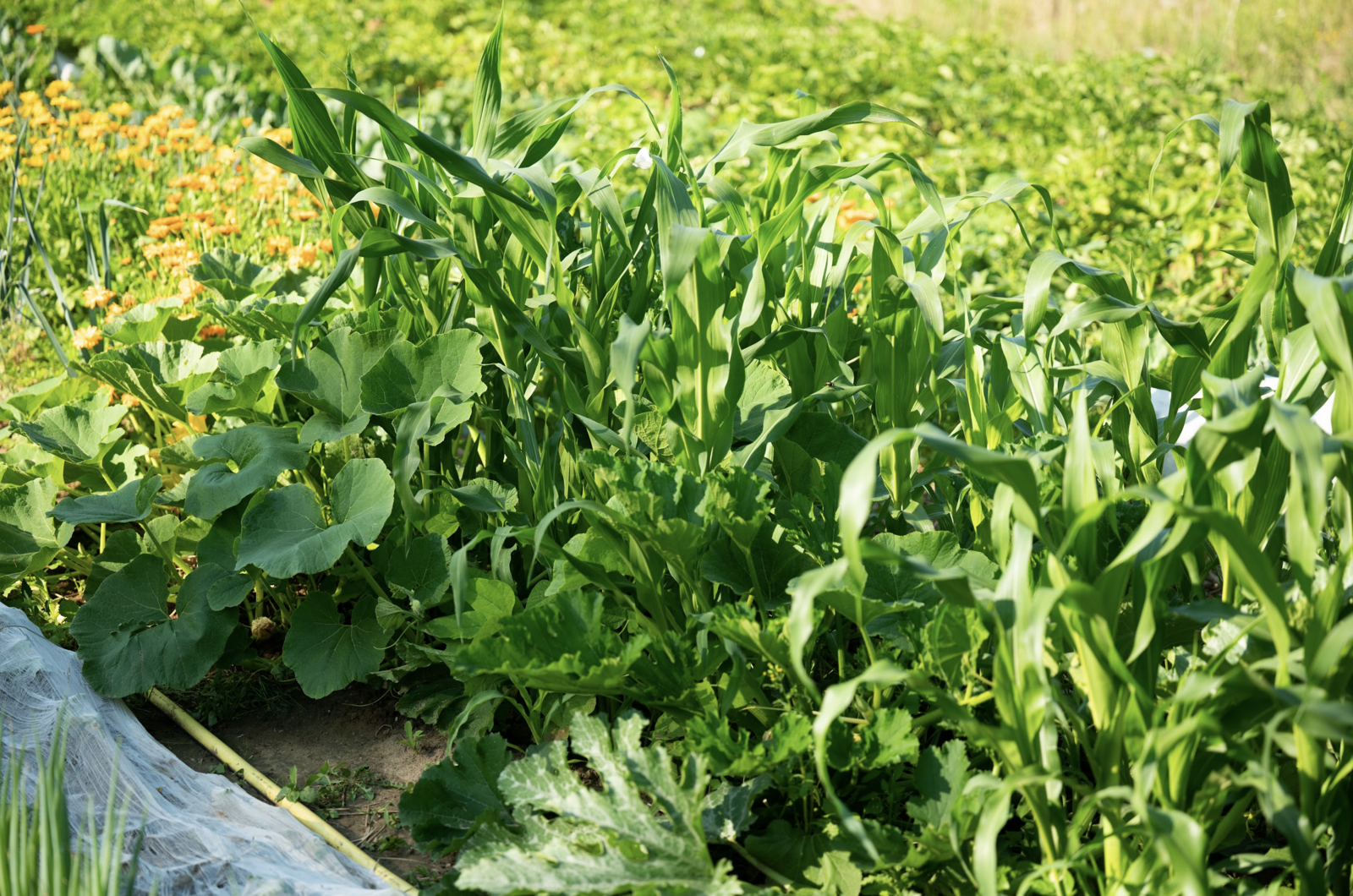
These Plants Do Not Go Well With Potatoes:
- As with most plants, a large monoculture of one plant species/family is unfavorable, as it attracts specific diseases and pests. Therefore, you should not plant other shade plants next to potatoes: Tomatoes, eggplant, peppers, physalis, tomatillos,... Otherwise you will encourage diseases such as potato blight, which may make your harvest inedible.
- Other root vegetables with a similar growth habit, which also form underground roots or tubers, do not fit particularly well next to potatoes. These crops would just fight for space and one would lose out. It is therefore better to plant beet and celeriac in a different spot.
- Celeriac is a bad companion for potatoes. Firstly, because of the way it grows, and secondly, fennel is said to inhibit the growth of potatoes.
- Not all legumes go well next to potatoes! It's better not to plant peas in your potato patch. Choose beans instead!
- Pumpkin plants and potatoes do not harmonize so well. It is therefore better not to plant pumpkins, melons, cucumbers, and zucchinis next to potatoes. This encourages diseases such as potato blight. In addition, all these crops are heavy feeders. In a milpa, you choose exactly this combination (pumpkin, zucchini, potato), but together with beans and corn. These enrich the soil with nitrogen and provide additional nutrients.

Want to Plan a Bed With Potatoes?
With our bed planner, you can easily plan a colourful mixed crop. Good and bad neighbors are displayed directly and you get tips on crop rotation!
Plan Your Bed NowTable: Companion Plants for Potatoes
| Good Companion Plants | Bad Companion Plants | ||
|---|---|---|---|
| beans | mint | aubergine / eggplant | physalis |
| borage | horseradish | beetroot | pumpkin |
| broccoli & Brussels sprouts | kohlrabi | celery | sunflower |
| cabbage | chinese cabbage | chili & Peppers | turnip-rooted chervil |
| caraway | oregano | courgette / zucchini | |
| cauliflower | pak choi | topinambur | |
| chamomile | parnship | lovage | |
| collard greens | phacelia | melon | |
| common marigold | soybean | okra | |
| corn | spinach | pea |
Combat Potato Beetles With the Right Companion Plants
If you want to do something else against the Colorado potato beetle, you can plant peppermint at the edge of the bed. But beware: mint is relatively invasive and is difficult to get rid of once it has taken over the bed. So if you find this too tricky and still want to combat the pesky beetle, you can choose a mixed crop of potatoes and garlic or horseradish. Garlic also promotes the growth and taste of the potato.
Any mixed crop in which the plants harmonize with each other is effective against the Colorado potato beetle. This makes the potato plant more resistant and, in the event of an infestation, plants can help each other with fragrances. Some scents, for example, attract natural predators. A high level of biodiversity in the bed therefore automatically increases the resistance of your plants.
Succession Cropping With Potatoes
For a Good Succession Planting, plan pre-crops and post-crops with moderate or low nutrient requirements for a heavy feeder.
As potatoes are planted in the bed from April/May, fast-growing crops such as lettuce, spinach, spring onions or radishes are suitable as pre-crops. These crops will quickly make room in the bed for your potato plants.
Potatoes are great pre-crops as they loosen the soil deeply. Medium-digesting root vegetables are therefore very well suited as a secondary crop. Carrots, parsnips, root parsley, beet, turnips and rutabagas benefit from the loose soil. Another alternative would be to plant green manure over the winter to give the soil a break after the nutrient-demanding potato.
Succession Cropping With Potatoes
Give the soil a break of at least four years after the potatoes. Within these four years, no other nightshade plants (tomatoes, peppers, eggplants) should be planted on the bed to prevent pest infestation. You should also give preference to medium-yielding crops at this point in the bed the following year. You should not plant a heavy feeder in the same place in a bed every year (exception: tomatoes). Otherwise you will leach out your soil sooner or later.
Mixed Crop Planting Plan With Potato
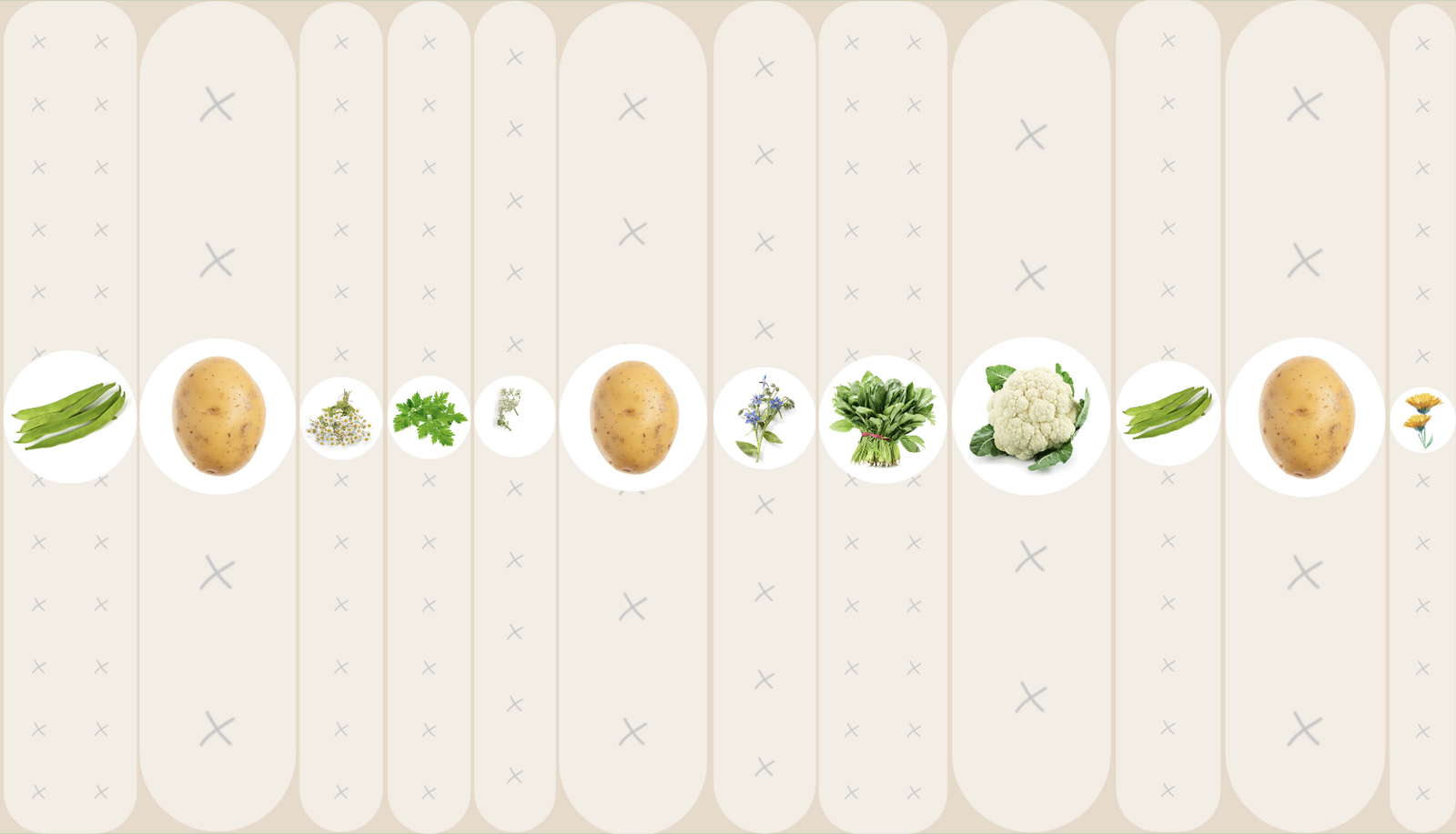
Three potato varieties grow here: 'Blaue St. Galler' and'Bamberger Hörnchen'. Both are rather late varieties that can only be harvested in September or October. There is also the early variety 'Annabelle', which is planted in March and is ready to harvest in June/July. To compensate for the high nutrient requirements, runner beans grow alongside the potatoes. This is the 'Blauhilde' variety, an heirloom bean variety with purple-blue pods. Between the potato plants, you can sow numerous flowering plants and herbs, such as camomile, parsley, caraway, borage and marigolds. Soil-covering crops such as spinach also fit well in the bed, as do cole crops such as flowering cole (e.g. 'Erfurter Zwerg').
Growing Potatoes in Raised Beds
Potatoes can also be grown in a small space. There are already numerous methods, such as Hay Potatoes or the potato tower, for cultivating potatoes in a small area, possibly without a garden. You can even grow potatoes on the balcony in planting bags, a Potato Pot or raised beds. In a raised bed, the soil is deep and loose with a good soil structure. Potatoes therefore have good conditions to grow here. It is best to mix some sand and compost into the bed before planting the potatoes.
Idea for a Small Raised Bed With Potatoes, Kohlrabi, Onions & Herbs

Two different potato varieties grow in this bed: 'Heiderot' and 'Belana'. You can pre-sprout the tubers at the end of April and then plant them in your raised bed in mid-May. Heiderot has a longer growing season and can be harvested in October. Belana, on the other hand, produces its first harvest in August. You can plant two kohlrabi between the potato plants. I have chosen the'Delikateß Weißer' variety. It's best to grow young plants in advance, which you can then plant alongside the potatoes in May. You can sow the spring onions directly, for example you can use the variety 'Freddy'. You can sow the seeds directly into your bed in March and harvest them between June and August. Alternatively, you can also use 'spring onions'. This is an heirloom variety that grows perennially. Dill ('Goldkrone') and chamomile ('Goral') will also grow here to ensure that the bed also flowers.
More Ideas for Your Planting Plan With Potatoes
We have prepared more bed plans for you. Here you can get ideas and inspiration for your mixed cultivation or copy the planting plan directly into your garden and start gardening.
If you have any questions or comments, please write to us at [email protected].
Would you like to receive helpful gardening tips all year round and plan your own beds optimally? Then register here or download the Fryd app for Android or iOS.
Fryd - your digital bed planner

Marie
Marie is an agronomist. She is particularly interested in the sustainable and organic cultivation of vegetables and other plants. In her own garden, she gained experience and likes to try things out to learn from nature. She is particularly interested in the values and principles of permaculture, in order to contribute not only to the well-being of nature, but also to the well-being of people and future generations.
Learn MoreCurrent Topics in the Community
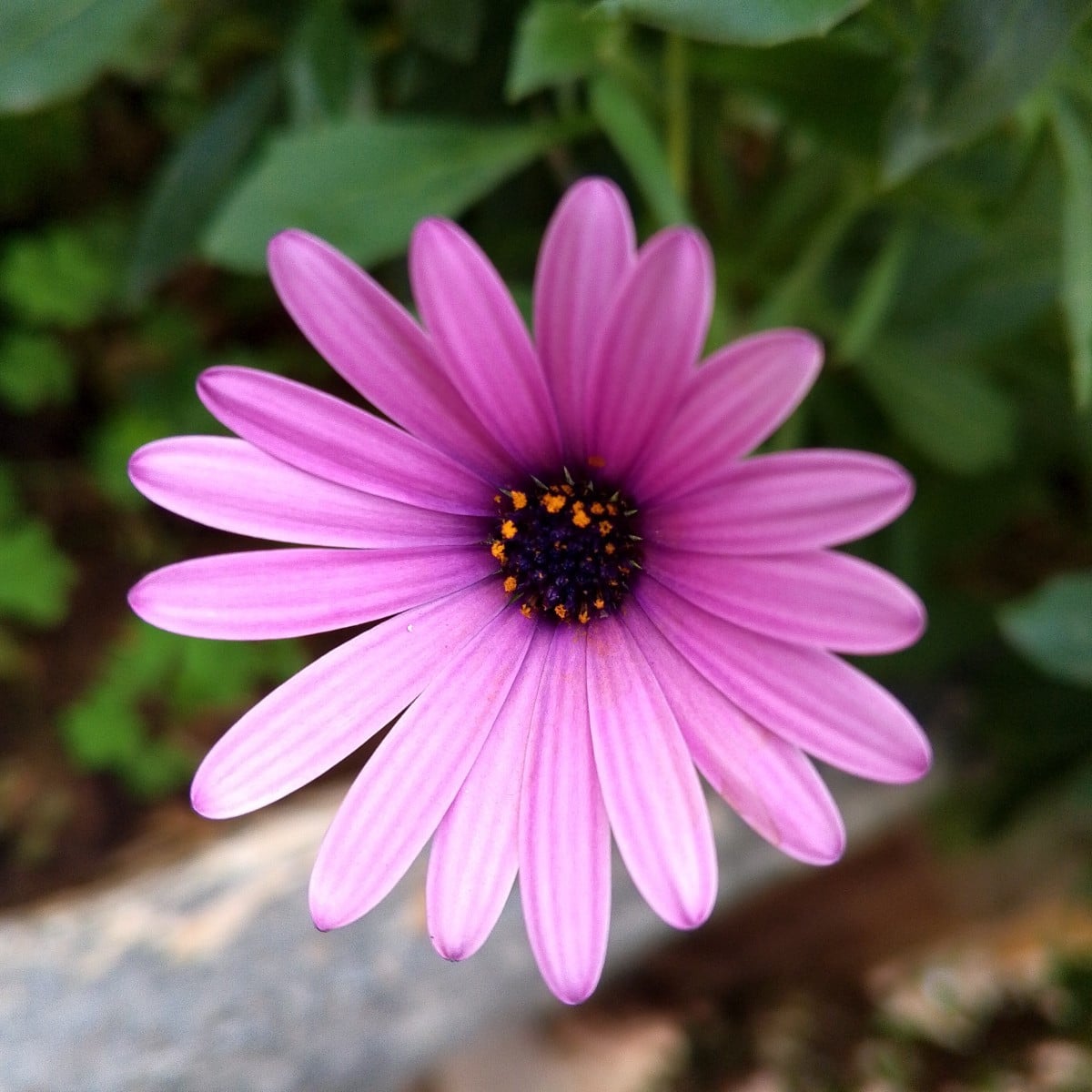
I found this in the street 🌼🌺 i dont know its name

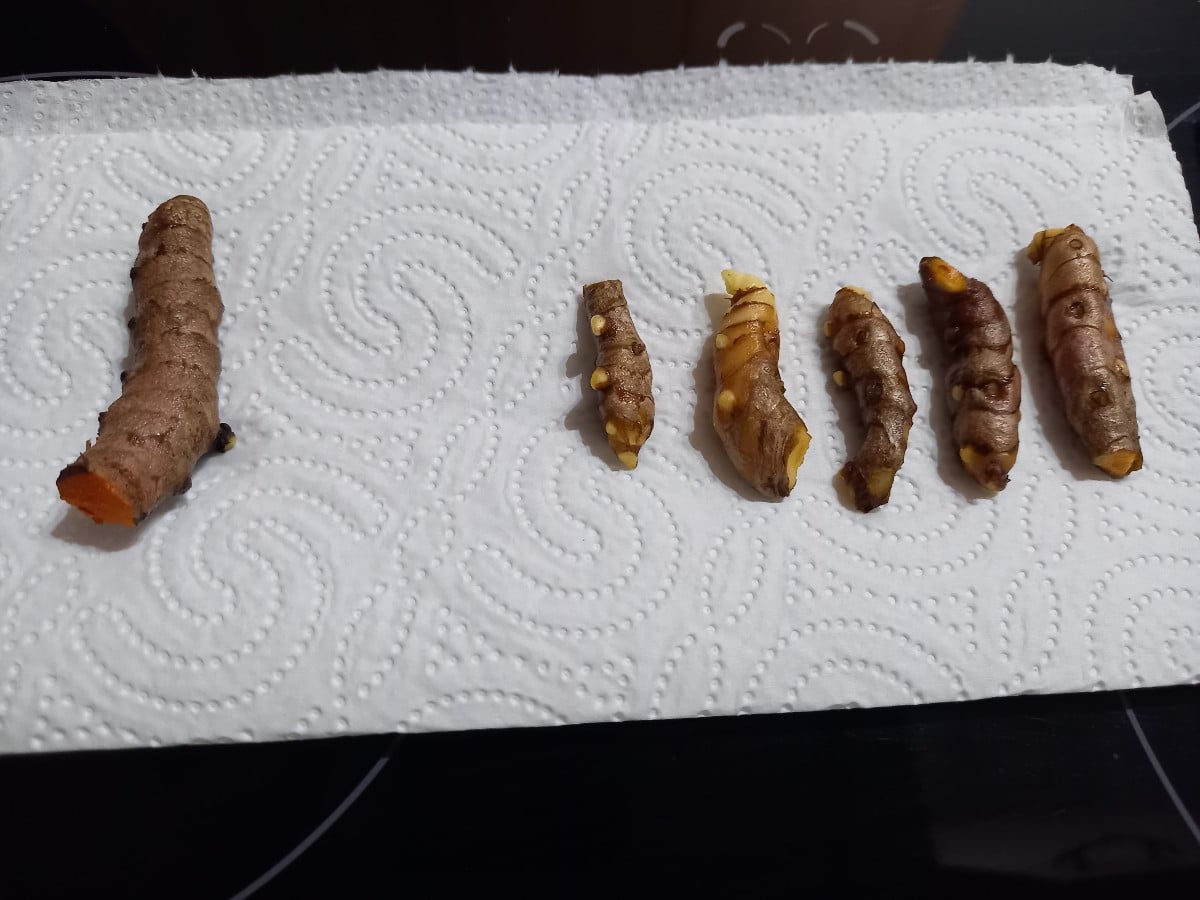
Liked 4 times
Hello folks, Today, after almost a year, I took my turmeric plant out of the flower pot that was on our windowsill. I think it's not bad for a 14x14 pot without any special care. On the left is the mother rhizome, which is also edible.
Show 2 answers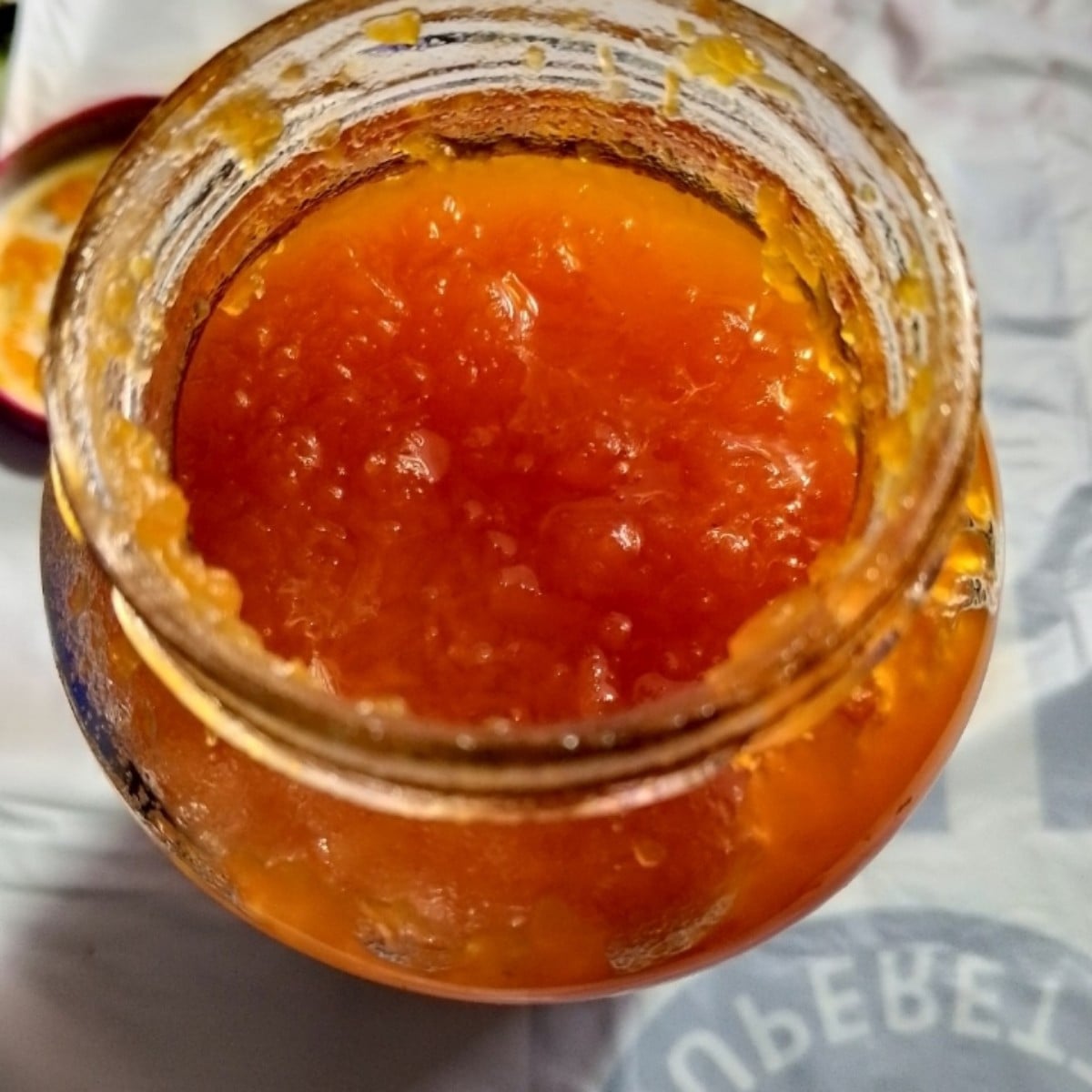
Liked 13 times
Pumpkin jam Cinnamon sticks are added for flavor. It tastes great, do you make pumpkin jam in Europe?
Show 8 answersPopular Articles

Overwintering Parsley: How to Do It Successfully

How to Grow Lettuce in Winter: Varieties, Sowing, Harvesting

Growing Sage Plant: Tips for Sowing and Harvesting

What Herbs Can Be Planted Together?

Create & Design a Permaculture Garden

Overwintering Plants: Tubs, Pots and Raised Beds

Pruning, Fertilizing & Propagating Currants: Care Tips

Pruning Raspberries: How to Do It

Vegetable Garden With Greenhouse: How to Use Greenhouse Effect

Winterizing Beds and the Garden: How to Do It
FAQ
What are good companion plants for potatoes?
Beans, strawberries, cabbage, garlic, pumpkin, nasturtium or marigolds go well alongside potatoes. Herbs such as peppermint, camomile, lavender and dill also complement potatoes perfectly in the bed.
What are bad companions for potatoes?
Plants of the same family, such as tomatoes, eggplants, peppers and physalis, should be planted in a different spot. The same goes for beet, celeriac, fennel and peas.
Which companion plants help against the Colorado potato beetle?
You can plant your border with peppermint or plant garlic and horseradish next to potatoes. These plants should help to keep the Colorado potato beetle out of your beds.